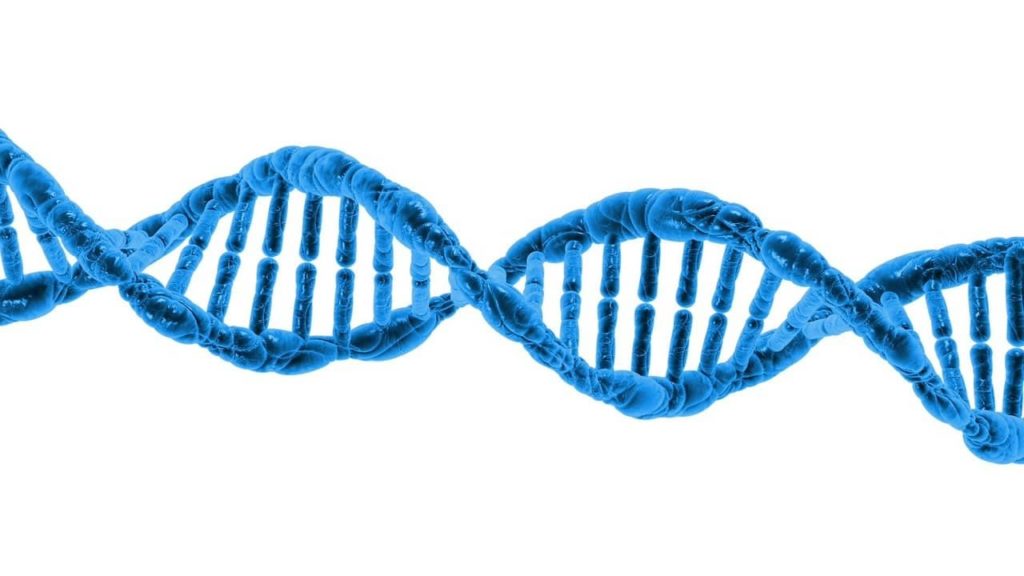Lysergamides are a family of alkaloids containing two or more distinct chemical structures. Commonly known as lysergamides of lysergic acid, the group contains several substances with strong agonist and antagonist activity at different dopamine and serotonin receptor subtypes. This includes both the well-known alkaloid lysergic acid (Lysergamides) and its congenital (or postnatal) forms. These forms all share a molecular architecture that is very similar to that of other alkaloids such as lysine, ergosterol, phenol, and taurine. Some of these lysergic acid compounds also contain glycosylated aromatic compounds (GA) and polyols.
It is thought that the first lysergamides to be discovered were in fact tryptamines. Tryptamines are lysergic acid reducers. They function by modulating the transport of an amino acid called lysergic acid into an intracellular binding pool, where it becomes part of the local muscle protein. This process is believed to regulate the release and accumulation of lysergic acid inside cells. The tryptamine family of lysergamides includes a number of substances with non-benzodiazepine activity. Among these are the guanidine, lysergic acid reducers (such as lysergic acid, guaranine, alprazolam, etc), diphenhydramine (Diazepam), and intravenous lysergamide (ILG) (1).
New Developments
Recently, investigators have isolated and characterized another set of lysergic acid reducers, which appear to be more specific than the previously known compounds. Their discovery provides a possible molecular basis for the production of “homeopathic” treatments using lysergamides. These homeopathic remedies are based on the fact that certain compounds found in plants can produce a therapeutic effect when combined with appropriate doses of these substances.
One of the lysergic acid reducers used in homeopathy is ch3 phosphoric acid. Ch3 is the simplest of all substances used in homeopathic medicine. Its name comes from its phosphoric acid base, which has the effect of converting food into energy (phosphoric means “energy” in Greek). In addition, the lysergic acid base has a dual action: first, it acts as a strong inhibitor of glycosylation, the activity that results in the formation of amides; and second, it produces a slight degree of atropic effect.

In recent years, there has been a renewed interest in the use of lysergic acid diethylamide (LSD) in the treatment of psychiatric, neurological, and brain injuries, recreational drug abuse, alcoholism, addiction, and other substance addictions. Some researchers theorize that LSD has powerful neuroprotective effects by modulating neuroendorphin system (which is involved in the neuroplasticity of neurotransmission) and reducing neurotoxicity (which is the result of excessive damage to neuron). As compared to the placebo, LSD-containing product is effective in producing a “high,” which activates the reward system (2).
Recently, there have been studies conducted to study the therapeutic effects of lysergamides and tryptamines on obesity. Both these substances have been found effective in weight loss, although the efficacy of lysergic acid diethylamide was found to be more potent. Interestingly, while tryptamines like the famous “rooms,” (or plant “ents”) such as the tryptamine-rich mushroom “LSD,” seem to work better in reducing physiological hunger and increase satiety, lysergamides seem to work better in improving the neuroendorphin levels in the human body. It is believed that tryptamines act in the central nervous system (CNS) to balance hunger and satiety and that lysergamides work in the GI tract to reduce anxiety and promote satiety.
Lysergamides and Tryptophan In Combinations with Other Compounds
Lysergamides and Tryptophan can be combined with certain types of amino acids (e.g., arginine), which are believed to have strong stimulant effects and thus contribute to some of the positive clinical effects of lysergamides and tryptamines. The combination of lysergamides and alkaloids has been shown to produce significant effects in treatment-resistant diseases such as tuberculosis, HIV, and cancer. Also, some recent studies suggest that ergotamine (the major constituent of ergotamine acid) and lysergic acid could help in reducing both food and drug cravings. Other therapeutic applications of lysergic acid include treating chronic pain, suppressing nausea and vomiting, and diminishing the signs of multiple sclerosis (3).
Lysergic acid, lyserhanine, serotonin, and ephedrine are the major ingredients of lysergamides and lysergic acid is the major source of tryptophan in the herbal medicines. Tryptophan is converted into lysergamides via a pathway involving histamine receptor sites. Ephedrine is the main constituent of the Ephedra-L-Arginine combination pill. Some of the side effects of this mixture include increased blood pressure and heart rate, seizures, hallucinations, tremors, diarrhea, and gastrointestinal upset.


Recent Comments